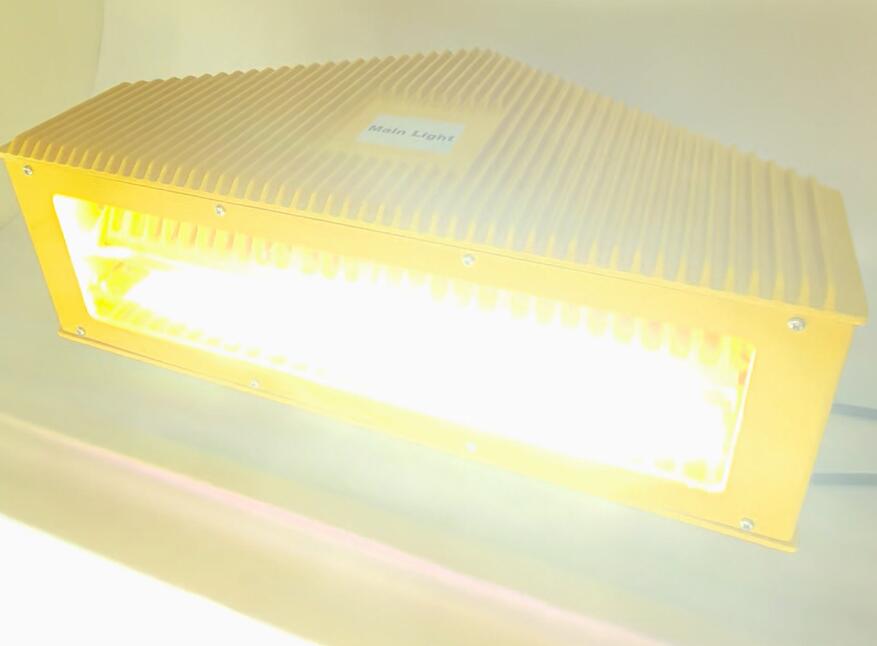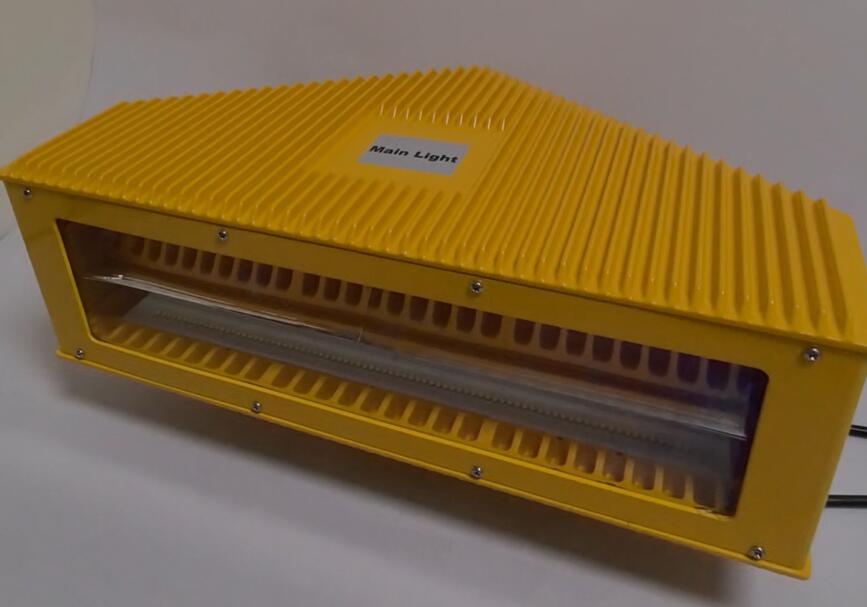In the realm of aviation safety, aviation obstruction lights are of utmost importance. These lights serve as vital warnings for pilots, alerting them to potential hazards such as tall structures, towers, and cranes. One key aspect that often comes under consideration is the price of aviation obstruction lights.
Aviation obstruction lights come in various types and specifications. There are steady-burning lights, flashing lights, and more advanced models with different intensities and colors. The type of light you choose will depend on the specific requirements of the structure it will be installed on and the level of visibility needed. For example, a tall tower in a busy flight path may require a more powerful and visible flashing light compared to a smaller structure.

The quality of materials used in manufacturing these lights also plays a significant role in determining their price. Lights made from high-quality materials such as durable plastics, metals, and advanced optical components are likely to be more expensive. However, these materials ensure longer lifespan, better performance, and resistance to harsh weather conditions.
| obstruction light | YT56 |
| HI | TG |
Another factor that influences the price is the technology incorporated. Some aviation obstruction lights come with advanced features like solar power, automatic sensors, and remote monitoring capabilities. These technological enhancements not only add to the functionality but also increase the cost. Solar-powered lights, for instance, can reduce long-term operating costs by eliminating the need for electrical connections, but they are initially more expensive to purchase.
The certification and compliance requirements also impact the price. Lights that meet strict international aviation standards and are certified by relevant authorities are generally more expensive. This is because the certification process involves extensive testing and quality control measures to ensure the lights are reliable and effective in providing warnings to pilots.

The size and height of the structure on which the lights are installed can also affect the price. Taller structures may require more lights or lights with greater intensity, which naturally increases the cost. Additionally, installation costs can vary depending on the complexity of the structure and accessibility.
The price of aviation obstruction lights is determined by several factors including the type of light, quality of materials, technological features, certification requirements, and the characteristics of the structure they are installed on. When considering the purchase of aviation obstruction lights, it is essential to balance cost with quality and functionality to ensure the safety of aviation operations.